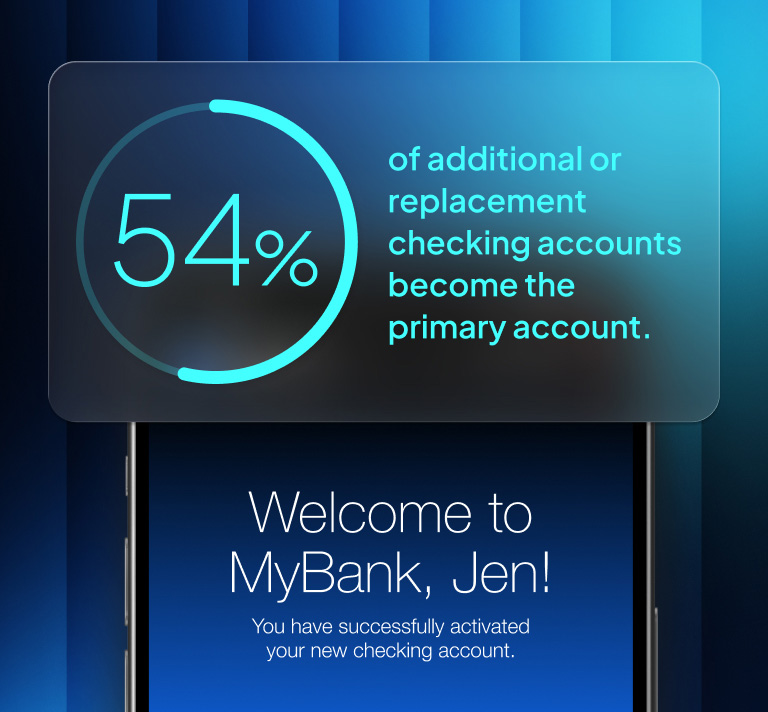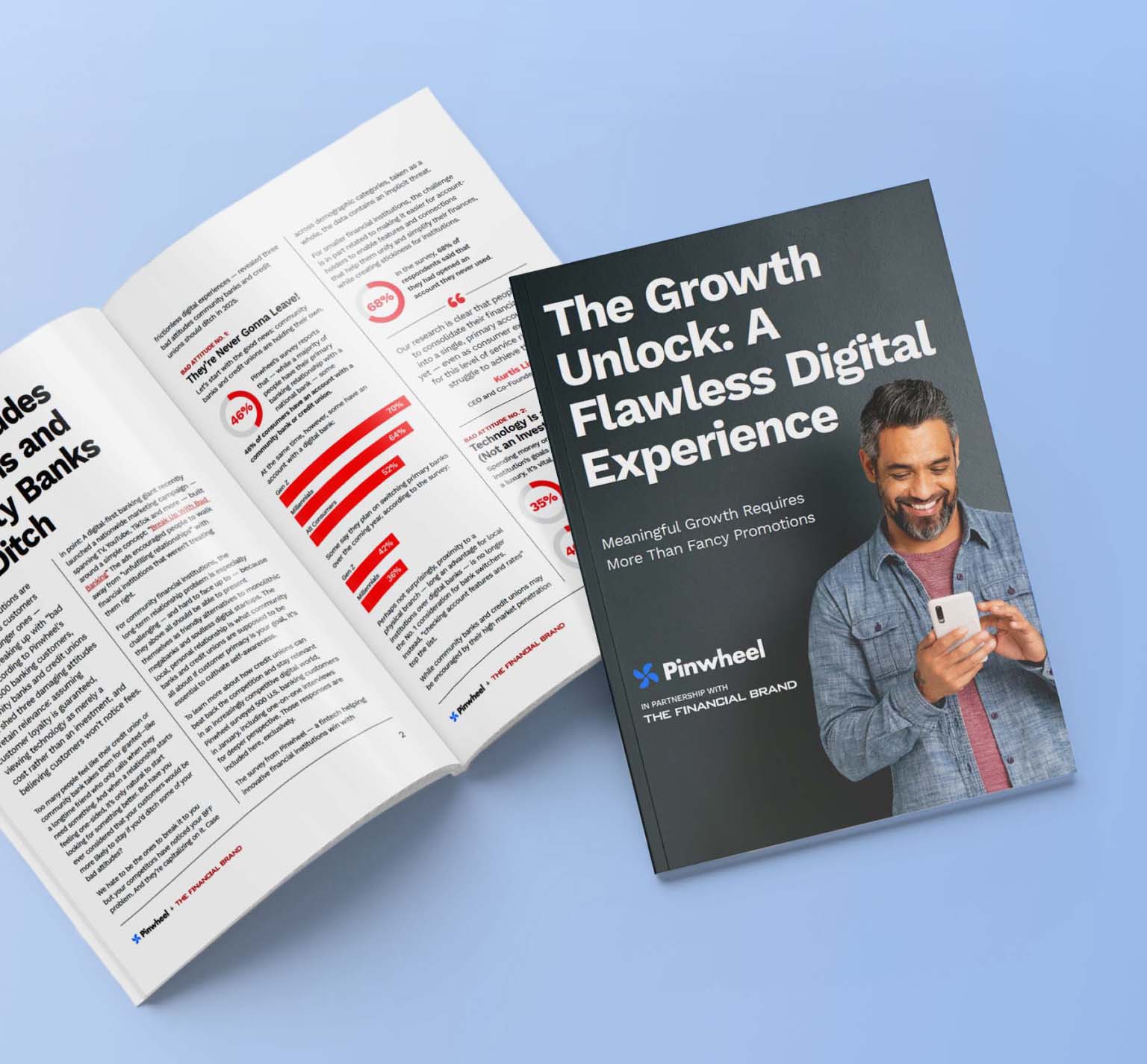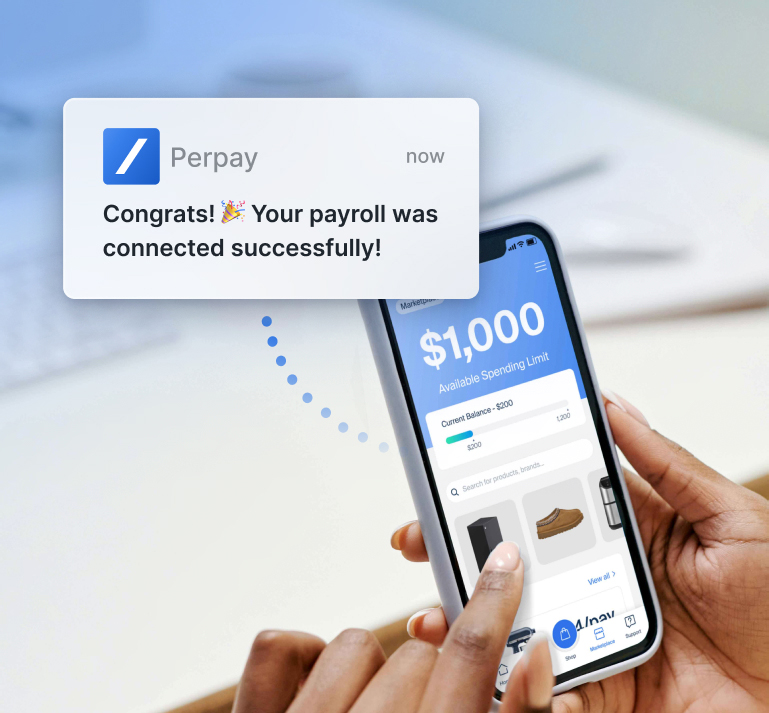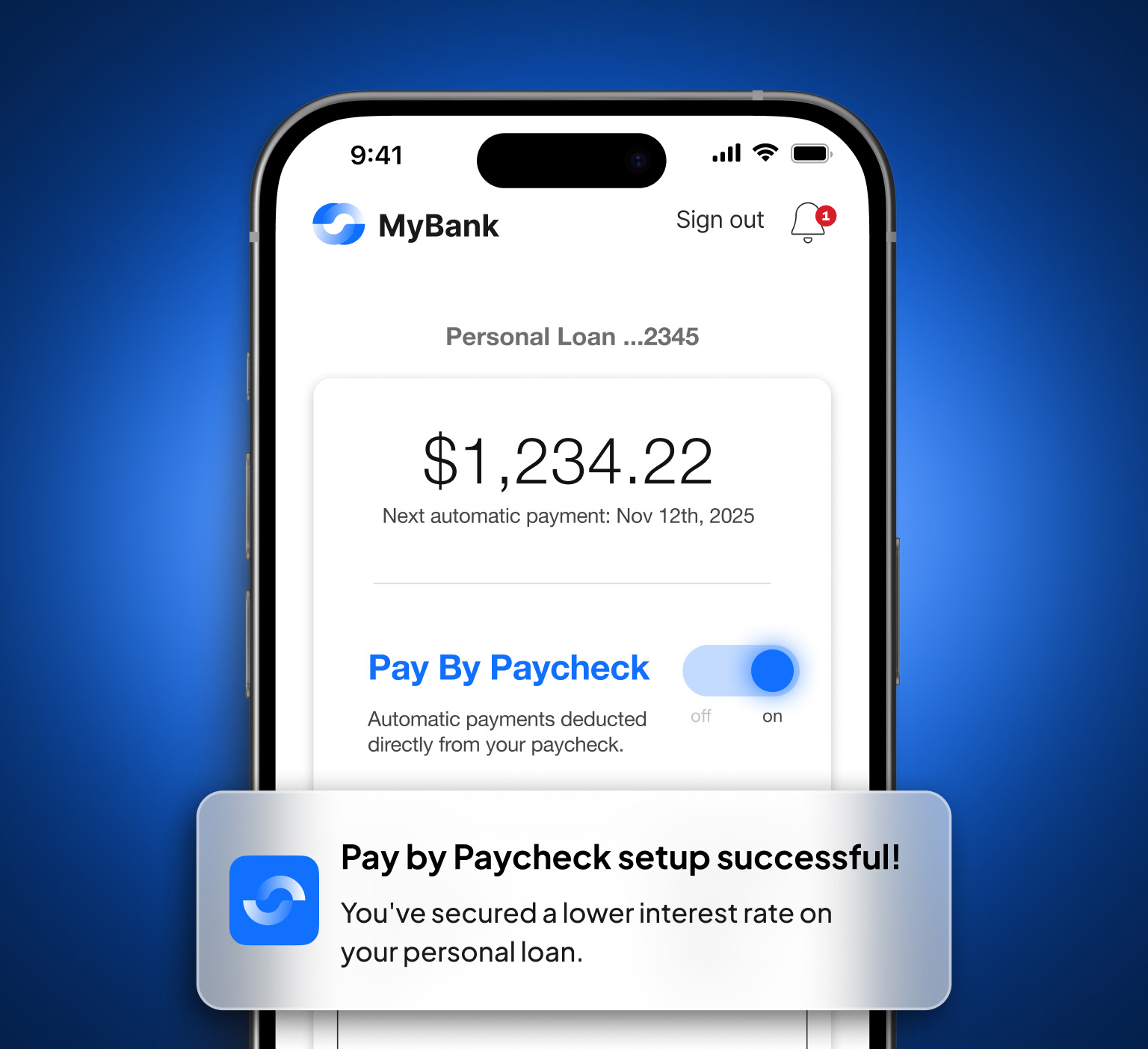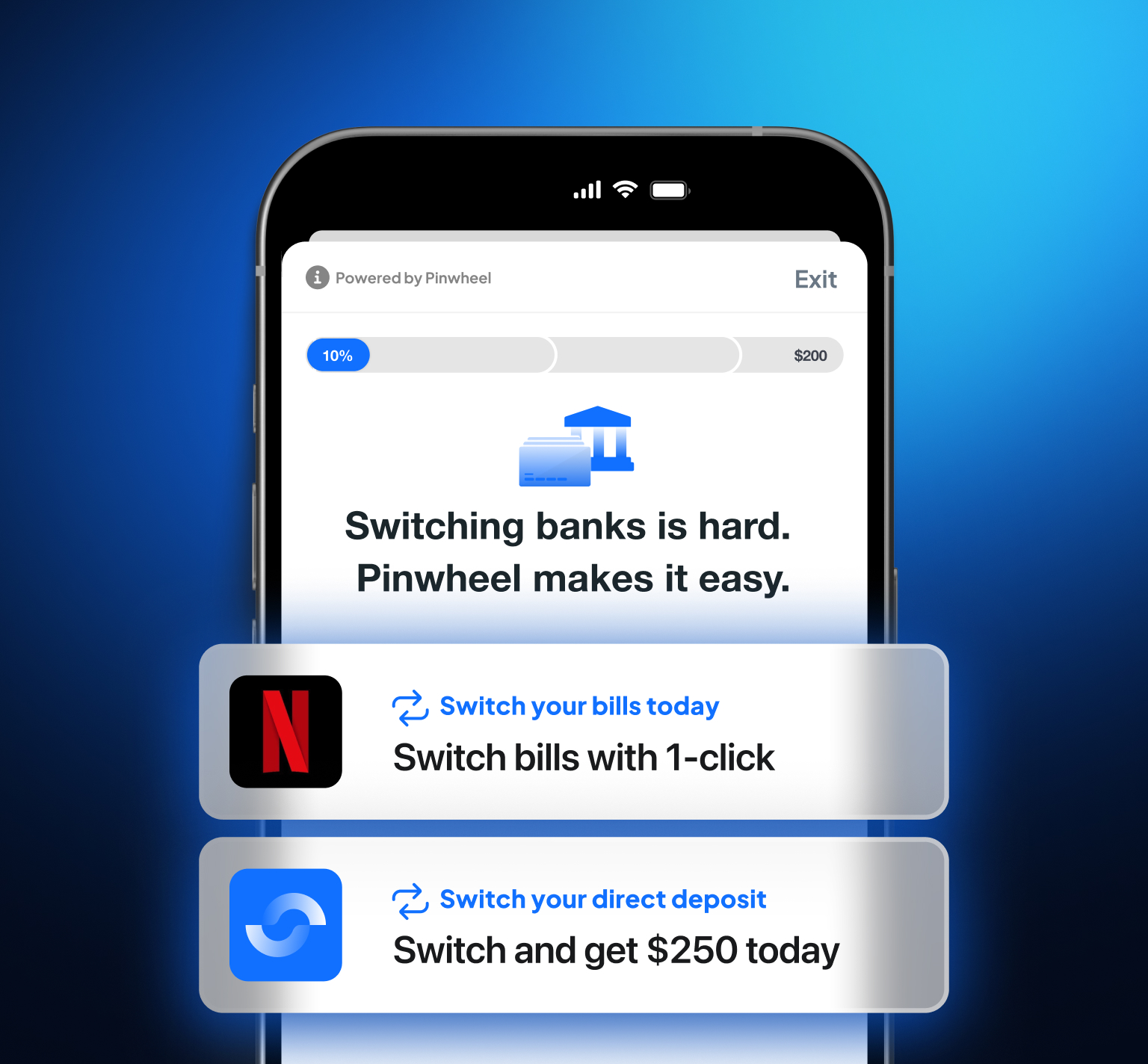A conversation with Chris Powell, EVP & Head of Deposits, Citizens Bank and Kurtis Lin, Co-Founder & CEO, Pinwheel
Last month, Pinwheel hosted a webinar with the Consumer Bankers Association to explore our latest research on The Power of Primacy conducted in partnership with The Digital Banking Report. In a discussion moderated by Pinwheel CMO, Crystal Gopman, Chris Powell, EVP and Head of Deposits at Citizens Bank and Pinwheel CEO, Kurtis Lin, delved deep into the challenges banks are facing today as they compete for share of wealth with the modern consumer.
Where we stand today
In a constantly evolving financial landscape, attracting and winning customer primacy has never been more important - or more elusive. Not long ago, banks could count on a steady stream of loyal customers, with ~40% sticking with their first bank for life. Geography and proximity were once the primary drivers for consumers when choosing a bank. The modern consumer, however, has far more options. In addition, today’s customers have higher expectations for the banking experience than ever before. These factors have left banks scrambling to acquire new customers and contributed to a fragmentation of wealth share among consumers.
Primacy remains paramount
At the outset, we asked about the significance of primacy for bankers today. Powell summed it up nicely, with his assertion that at Citizens Bank, “primacy is not something we talk about periodically. It’s something we talk about constantly.” Pinwheel’s latest survey of 200 bank and credit union executives supports Powell’s assessment. We presented results from the study, The Power of Primacy, throughout the webinar and we’ll share some of the more interesting findings in this post.
Unmet needs, a fragmented ecosystem
A recurring theme that emerged from our discussion: Customers across the board are dissatisfied with their banking experience. This reality presents both an opportunity and a risk for bankers. Our research backs up this concern and some of the data on consumer banking sentiment really got Powell’s attention. Take, for example, these figures:
- 5.3 Average number of accounts per U.S. consumer
- 73% Of consumers would consider switching banks in the next 12 months
For Powell, these numbers present “a sobering indictment of the financial services industry in a lot of ways.” Powell was especially struck by the average number of accounts held per U.S. consumer—5.3 separate accounts—citing this figure as evidence that “we’re not meeting the needs of our customers.”
So much so that a vast majority of consumers, and 81% of high earners in particular, are willing to switch banks if they can easily transfer their direct deposit digitally. And with products like ours, we’ve shown that consumers can switch banks in a matter of moments. With that technology, the race—and the competition—for primacy is on.
But as Gopman points out, “simply having a direct deposit doesn't necessarily mean that you have a lasting primary customer, right?” When 73% of consumers would consider switching banks in the next 12 months, no bank can rest on their laurels. The battle for primacy must continue daily - far beyond the battles won with incentives and new customer acquisition. The real contest for banks is how to retain and meet the needs of customers while unlocking LTV.

The Uber effect and heightened expectations
Our study found that more than half of customers could be swayed to switch banks. A full 56% report that finding better products and services at a different bank would make them consider switching. Services, like our deposit-switching, represent one such inducement. However, that’s not necessarily enough. Pinwheel CEO, Lin elaborates, “on top of that, there's a force multiplier, which is that the expectations of the average consumer have gone up.” One of the “big problems that the banking world is encountering right now is that you have a consumer, especially an emerging affluent consumer who uses Uber” or other apps on their phone. And it works seamlessly and “it's magical and it's special and it's so well designed.”
It’s not that banks don’t want to create delightful digital experiences for their customers. Many do. But Lin explains, banks are working “within a sphere of regulation that makes it hard to build something just as good as Uber.” So, financial institutions must “work twice as hard to actually deliver that magical customer experience, especially when it's so easy to switch.”
The road ahead: The customer is king
Building loyalty—through superior services, product offerings, and enhanced digital experiences—is vital for winning primacy in the years ahead. Additionally, banks need to strike the right balance between prioritizing near-term growth and long-term profitability. As preferences evolve, combining digital convenience with human guidance will win the day.
Powell emphasizes the importance of the human touch going forward. The challenge for banks, he contends, is “we can't continue to look at these as transaction accounts. We've got to look at them as relationship accounts.” Only through this shift in mindsets will bankers really start to demonstrate the value that we can add otherwise.
Primacy in a nutshell
To foster loyalty past the acquisition incentive offers, Powell’s formula for banks is as follows: “focus on the core experiences that lead to quality engagement, primacy, and ultimately long-term value. Prioritizing investments in the customer experience is the key unlock.” A successful lifetime relationship can only be earned by delivering a seamless, beneficial, and consistent customer experience.
For more in-depth insights from our experts on The Power of Primacy, view the webinar in its entirety here.



.svg)
.svg)






